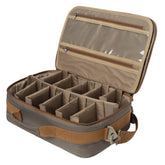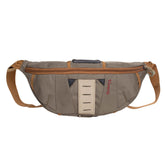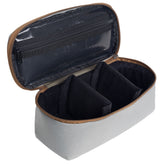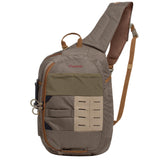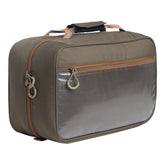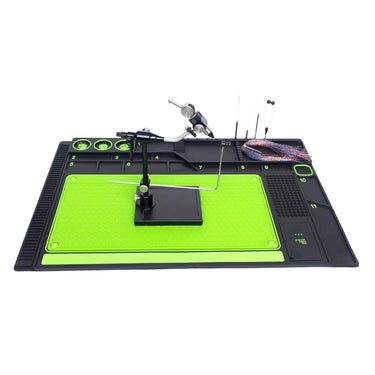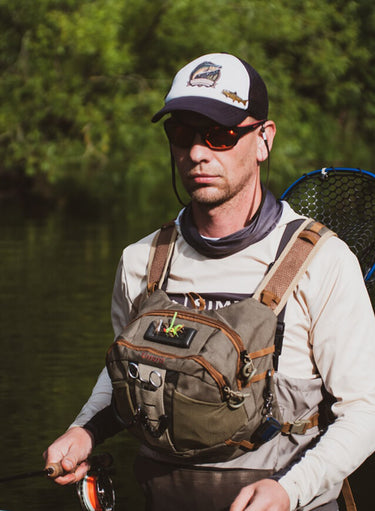Feathered Marabou Attractor
The Woolly Bugger is one of the most popular and effective fly patterns in fly fishing, known for its versatility in catching a wide variety of fish species, including trout, bass, panfish, and even saltwater species like striped bass and bonefish.
Key Features of a Woolly Bugger:
Type: Streamer (imitates baitfish, leeches, or other aquatic prey).
Hook: Typically tied on a long-shank streamer hook (sizes #4–#12 for freshwater, larger for saltwater).
Body: Chenille (often in black, olive, brown, or other natural colors).
Tail: Marabou feathers (provides lifelike movement in water).
Hackle: Palmered (wrapped along the body) saddle or hackle feathers (gives pulsating action).
Optional: Weighted with lead wire or bead head for sinking.
Variations:
Standard Woolly Bugger – Traditional chenille body with marabou tail.
Beadhead Woolly Bugger – Adds a brass or tungsten bead for extra weight and flash.
Sculpin Bugger – Bulkier, with a zonker strip or rabbit fur for a larger profile.
Flashy Bugger – Incorporates flash materials like Krystal Flash or tinsel.
Soft Hackle Bugger – Uses a softer hackle for a subtler movement.
Best Fishing Techniques:
Dead Drift: Let it swing naturally in current.
Strip Retrieve: Short, erratic strips to mimic fleeing prey.
Jigging: Lift-and-drop motion near the bottom.
Sink-and-Twitch: Allow it to sink, then twitch it upward.
When & Where to Use:
Trout: Effective in rivers, lakes, and ponds, especially in murky water or low light.
Bass & Panfish: Great around structure (logs, weed beds).
Saltwater: Works for striped bass, redfish, and more.
Why It’s So Effective:
Versatile: Can imitate multiple prey types.
Durable: Holds up well to aggressive fish.
Easy to Tie: A great beginner fly for tiers.
Would you like recommendations on specific colors or sizes for a particular fishing scenario?



